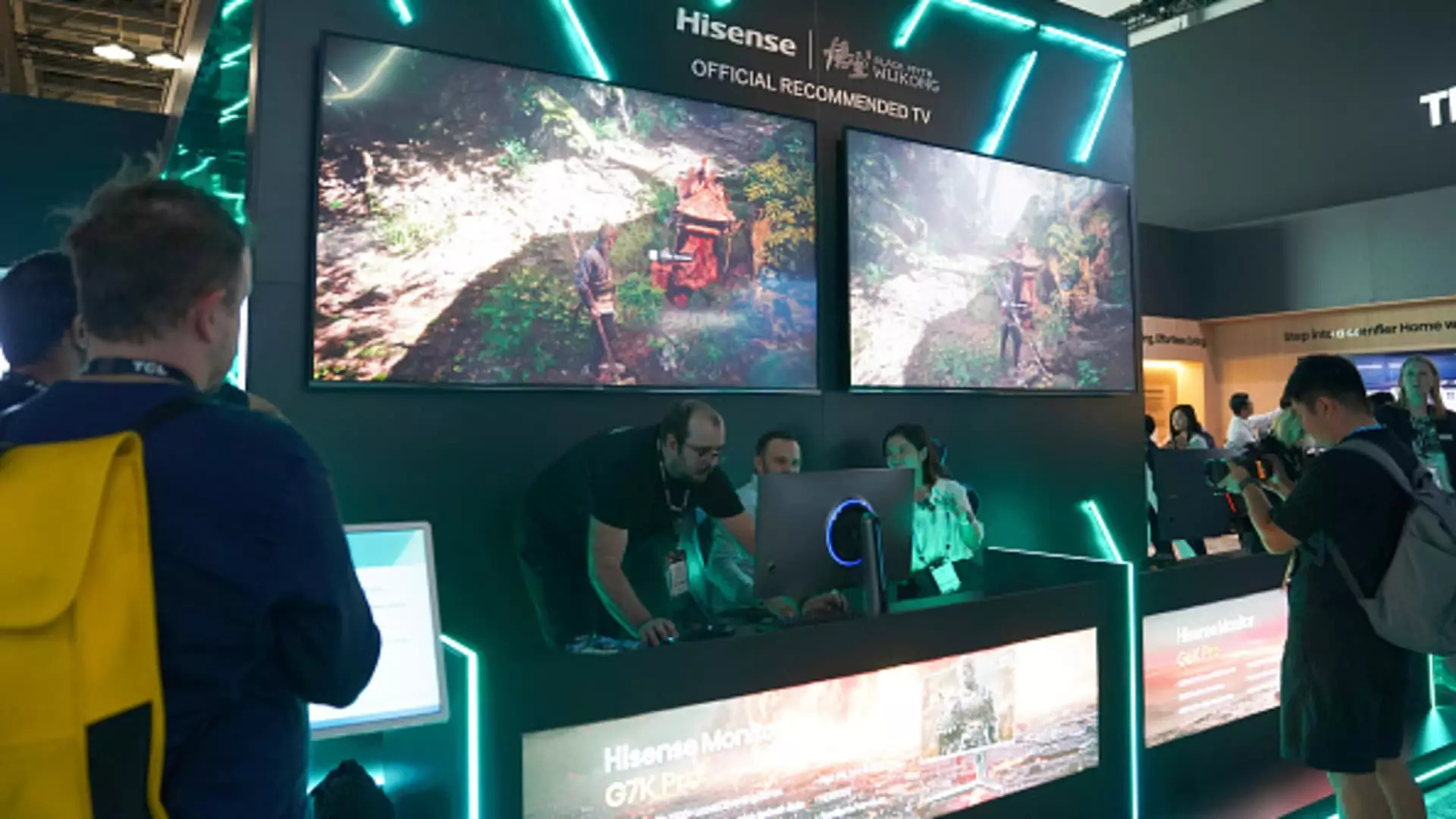In an era where the competition in consumer electronics is fierce, Hisense, a Chinese home appliance giant, has set its sights on an ambitious goal: to become the leading seller of television sets in the United States within the next two years. Catherine Fang, president of Hisense International, conveyed this message in a recent exclusive interview with CNBC, outlining the strategic initiatives her company is implementing to attain this ambitious target.
A key component of Hisense’s strategy involves leveraging high-profile sponsorships to bolster brand recognition and credibility. The company has made waves by becoming the first official partner of the FIFA Club World Cup, which is scheduled to be held in Miami in June 2025. This partnership was heralded in a noteworthy event attended by prominent figures, including FIFA President Gianni Infantino and Hisense Group Chairman Jia Shaoqian. Such associations with major sporting events can significantly elevate a brand’s standing in the marketplace, positioning Hisense as a premium option among discerning consumers.
Apart from partnerships, Hisense is pivoting toward technological innovation to enhance its product offerings. The company’s latest television models are equipped with an in-house artificial intelligence chip that promises superior image rendering capabilities. Fang mentioned future plans to expand the application of AI to improve audio quality and give viewers voice-command access to athlete statistics. Such advancements could provide Hisense with a competitive edge, although specifics on their availability in the U.S. market remain unclear.
Hisense’s ambition doesn’t only lie in TVs; the company is also keen on solidifying its position in the white goods sector, including refrigerators and washing machines. Currently, their pricing strategy for televisions is notably aggressive, with the 55-inch U8 model priced around $700 and the 100-inch version costing approximately $3,000. As per research from Counterpoint, Hisense recently secured the second spot in terms of TV shipments in North America, trailing only behind Samsung. The report suggests that rivals like TCL are also vying for market share by enhancing their advanced TV offerings, namely QD-LCD and Mini LED LCD technologies.
Unlike many competitors who are only now aiming for international markets as growth in China slows, Hisense has been methodically building its global footprint over several decades. This extensive experience in navigating international waters has allowed the company to garner a significant share of its revenue from overseas, with North America constituting roughly 30% of total overseas sales. Fang is optimistic, asserting that the company intends to become the top-performing Chinese brand in the white goods category within a similar timeframe of two years.
Hisense’s path towards becoming a household name in U.S. television sales is marked by strategic partnerships, technological innovation, and a strong legacy of globalization. As they continue to maneuver through the competitive landscape of consumer electronics, the brand’s commitment to enhancing user experience and visibility could very well turn their ambitious dreams into a tangible reality within the next couple of years. Whether they can outpace established players to secure the top spot remains to be seen, but their multi-faceted approach undoubtedly positions them favorably for future success.

